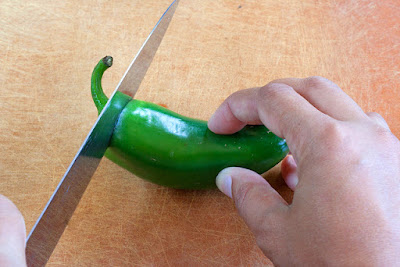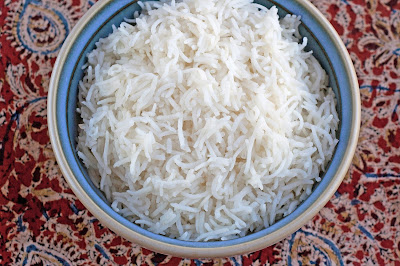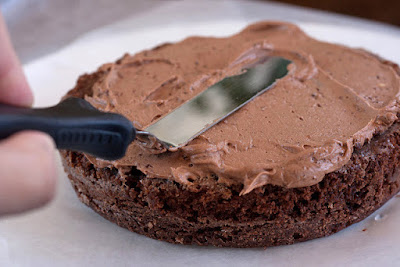
Melons are the underdogs of summer. Bulky and thick-skinned, their beauty lies within (making them easy to ignore). However, on a hot day when there’s sweat suspended on your brow, melons provide more relief than a pretty peach or a palmful of berries. Nearly 90 percent water, a wedge of watermelon or spoonful of cantaloupe often offers more nuance and refreshment than a fancy poolside drink. So, if you didn't get a beach vacation this summer, don’t fret. Pull out a lawn chair and slice up a melon.
How to Select a Summer Melon
Although there are many varieties of melon grown in the U.S., cantaloupe and watermelon are often the easiest to find. The fruit that is sold as cantaloupe is often really muskmelon. Unlike true cantaloupe, muskmelon has deeply netted skin that resembles a curvy Celtic pattern. Look for a muskmelon that feels solid, but is not rock hard. Beware: If the skin has a greenish tone, it’s not fully ripe. Always give the fruit a whiff. If it’s ready to eat, you’ll breathe in a sweet perfume.
Ripe watermelon should feel heavy for its size. In addition, look for a patch of light yellow skin on the side that was resting on the ground.
How to Peel a Summer Melon
Muskmelon, cantaloupe, honeydew, and other sweet summer melons can be peeled.
Melons grow on the ground, so be sure to wash them thoroughly.
Place the melon on a cutting board on its side. Hold it in place with one hand. In the other hand, hold a chef’s knife perpendicular to the cutting board and slice off the stem end and the end opposite to it.


When the knife hits the cutting board, discard the strip of skin. Rotate the fruit, and continue peeling the skin until all of it is removed.
How to Slice a Summer Melon
Cut the skinned melon in half lengthwise.
Scoop out the seeds with a spoon.
Hold one half of the melon on the cutting board with the seeded side facing up. With a chef’s knife, slice it in half lengthwise.
Continue to slice each melon quarter lengthwise until each piece is an inch or so thick.

How to Cube a Summer Melon
Place a slice of the melon on a cutting board. Hold the end of the slice securely with one hand, and cut across the length of the melon with a chef's knife to form cubes.

How to Cut a Small Watermelon into Wedges
Note: Watermelon has much thicker skin (often referred to as a rind) than other summer melons. Be sure to use a sharp knife when cutting it. You can also stabilize it by placing a damp kitchen towel between it and the cutting board before making the first cut.
Select a small watermelon and place it on a cutting board with the stem side down. With a chef's knife, cut it in half lengthwise. With the cut side facing up, cut each half of the melon in half lengthwise. Take each quartered piece and slice it in half lengthwise again.

How to Cut a Large Watermelon into Wedges
Place a large watermelon on a cutting board with the stem side down and cut it in half lengthwise. With the cut sides facing down, cut each half in half lengthwise again to make quarters. Place one quarter of the melon on the cutting board, with the rind facing you and one of the cut sides facing down. Cut it widthwise into 1-inch thick triangular slices. Repeat with remaining quarters.

To cube the watermelon, simply place a slice on the cutting board with one side of the flesh touching the board. With a paring knife, cut the rind away from the flesh.

With a chef’s knife, cut across the fruit.

Rotate the fruit 90 degree and cut across it again to form cubes.

How to Make Melon Balls
Press the melon baller into the fruit, avoiding the rind. Rotate it 360 degrees to form a circle, and then drop the melon ball into a bowl. Repeat until no more balls can be taken from the melon, leaving space between each scoop to ensure melon balls are completely round and cutting the melon down to a smaller size from time to time to reveal untouched flesh.
























































